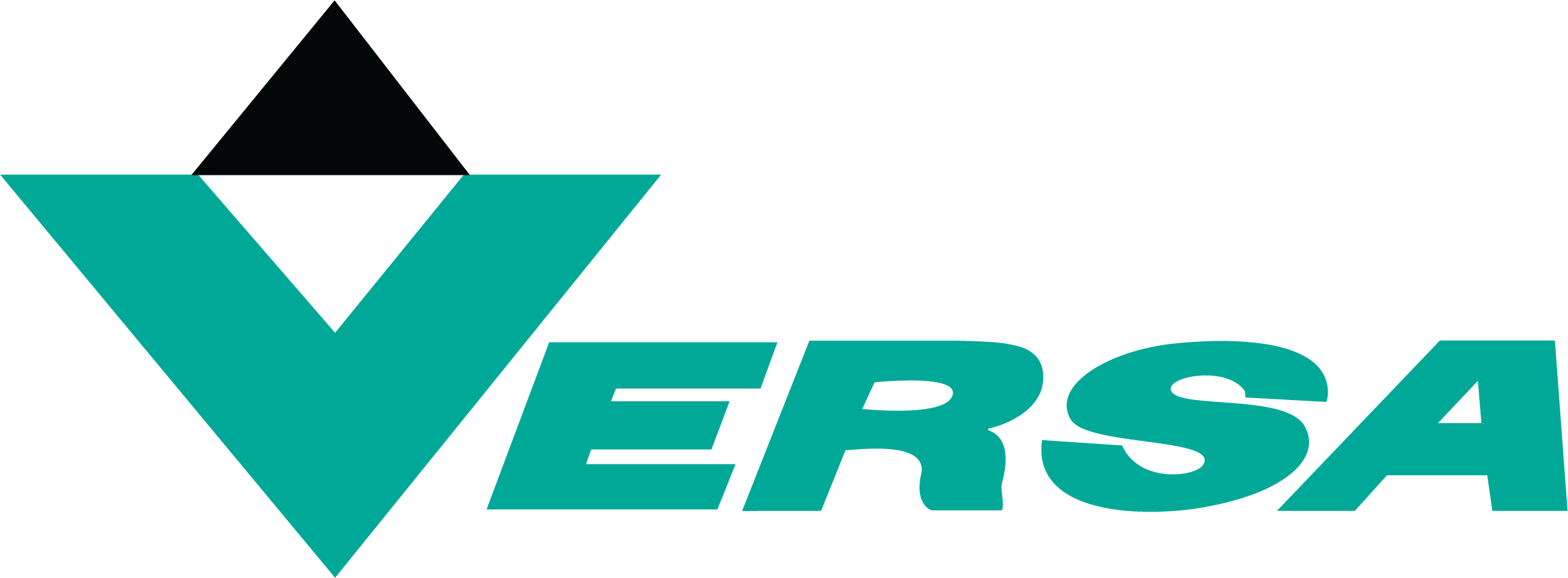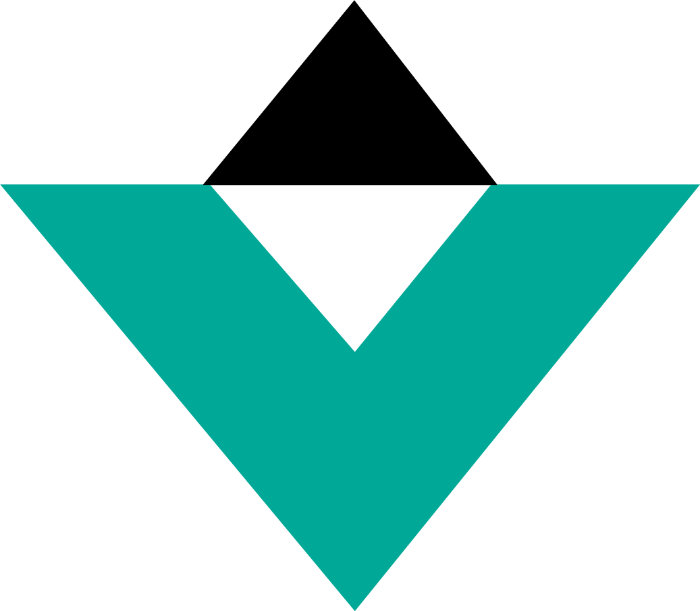Frequently Asked Questions
FREQUENTLY ASKED QUESTIONS
Discover answers to all your common questions by checking out our FAQs section.
Get the information you need quickly and easily.
CERTIFICATIONS & QUALITY DOCUMENTATION
How can I obtain hazardous location certificates or quality declarations?
Visit our Certifications & Approvals page to access certifications including IECEx Quality Assessment Report, ISO 9001:2008, and DEKRA QAR Production Quality Assurance.
Valve Application & Media Compatibility
Can I use a V Series 3-way valve as a diverter or selector?
Yes, VERSA's 3-way valves can be used in diverter or selector applications. Always consult product documentation to ensure proper flow direction and configuration.
Are VERSA valves suitable for natural gas, water, hydraulic, or vacuum service?
- Natural Gas: Most VERSA valves are rated for natural gas. For enhanced performance, ask about the "NGS" suffix option, available for the V Series, B Series, V-316, and C-316 Series.
- Water: Some VERSA valves are suitable for water applications, but requirements vary. The "WS" (Water Service) option is available for the V and T Series.
- Hydraulic: VERSA's T Series is engineered for hydraulic service. The V Series can also be used in low-pressure hydraulic systems (<100 psi/6.89 bar).
- Vacuum: VERSA valves, especially 3-way, 2-position normally open configurations—can support vacuum systems. Contact Technical Sales for application-specific recommendations.
Can I use a valve rated for hydraulic service in water service?
No. Hydraulic and water media have distinct properties and performance requirements. Use valves specifically designed or configured for each.
Why can’t I reverse flow through V Series valves?
Reversing flow may damage internal seals due to design principles such as VERSA’s patented Anti-Extrusion Principle. For alternatives, contact Technical Sales.
Are VERSA valves suitable for steam applications?
No, VERSA does not offer valves rated for steam service. Contact our team for guidance on alternative solutions.
Valve Design & Operation
What is the Anti-Extrusion Principle?
VERSA's Anti-Extrusion design enhances seal reliability. It positions O-rings so system pressure seats them in place, minimizing extrusion risk and prolonging seal life.
What is the minimum pilot pressure required?
Pilot or solenoid-pilot valves require sufficient force to overcome opposing elements like springs. This force (F) is calculated as Pressure (P) x Area (A). Minimum pilot pressure is the lowest pressure needed to achieve this.
What is the difference between solenoid pilot and direct acting solenoid valves?
- Solenoid Pilot: Uses an electric solenoid to control pilot flow, which shifts the main valve. Advantages include high flow, reliability, and low power usage. Requires minimum pressure.
- Direct Acting Solenoid: The solenoid directly shifts the valve using magnetic force. Benefits include operation without minimum pressure, though with lower flow and higher power use.
What does "expilot" mean?
Expilot refers to a solenoid-pilot valve that uses an external pilot pressure source. Ideal for applications where internal media pressure is insufficient or where pilot media must differ from main media.
Which VERSA valves are direct acting?
Direct acting valves include all products in the E Family (E, E3, E4, E5, and EZ Series) and the D-316 Series.
Why does VERSA offer multiple stainless steel solenoid valves?
To meet diverse application needs—ranging from pilot signal control to high-flow spool valves—VERSA provides a variety of 316 stainless steel options, including safety and logic functions.
Maintenance & Replacement
How often should I replace seals or O-rings in VERSA valves?
Seal longevity depends on media, environment, lubrication, and cycle rate. Under optimal conditions, O-rings can last 10+ years. Consult your authorized VERSA distributor for maintenance planning.
Safety & Compliance
Are VERSA valves Safety Integrity Level (SIL) rated?
Yes. VERSA valves are SIL 3 capable, with certificates available for various series (B-316, C-316, C-Aluminum, D-316, E-Series, EQE, QE, V-316, V, and T Series). Access certificates via our website or through your distributor.
Purchasing, Orders & Technical Support
How can I purchase VERSA products or components?
Contact your local distributor or our sales teams in Paramus, NJ or Apeldoorn, Netherlands. For quotes, replacements, or tracking, visit our Technical Support Request page.
Can I speak directly with a VERSA Technical Sales Specialist?
Yes. Call +1 (201) 843-2400 and ask for Technical Sales or press 3 to speak with a representative. Our technical sales specialist typically respond within minutes.
How do I find a VERSA distributor?
Use our Distributor Locator to find local partners who provide product support and technical guidance.
Can I expedite, cancel, or modify an order?
Yes. Contact your distributor directly. If needed, our Technical Support team can assist.
Can I send a photo of my valve for identification?
Yes. Email images and details to [email protected].
How do I report a problem or start an RMA?
Visit our Technical Support page to report issues and request a Return Material Authorization. All VERSA valves are backed by a 10-year warranty.
General Information
How can I get a VERSA catalog?
Request a printed copy from your distributor or download the most recent version from our website.
How do I register for VERSA’s Distributor Portal?
Authorized distributors can register here for exclusive portal access.
Are there current job openings at VERSA?
We are always looking for talented individuals who thrive in dynamic environments. View current openings and consider joining our team.


